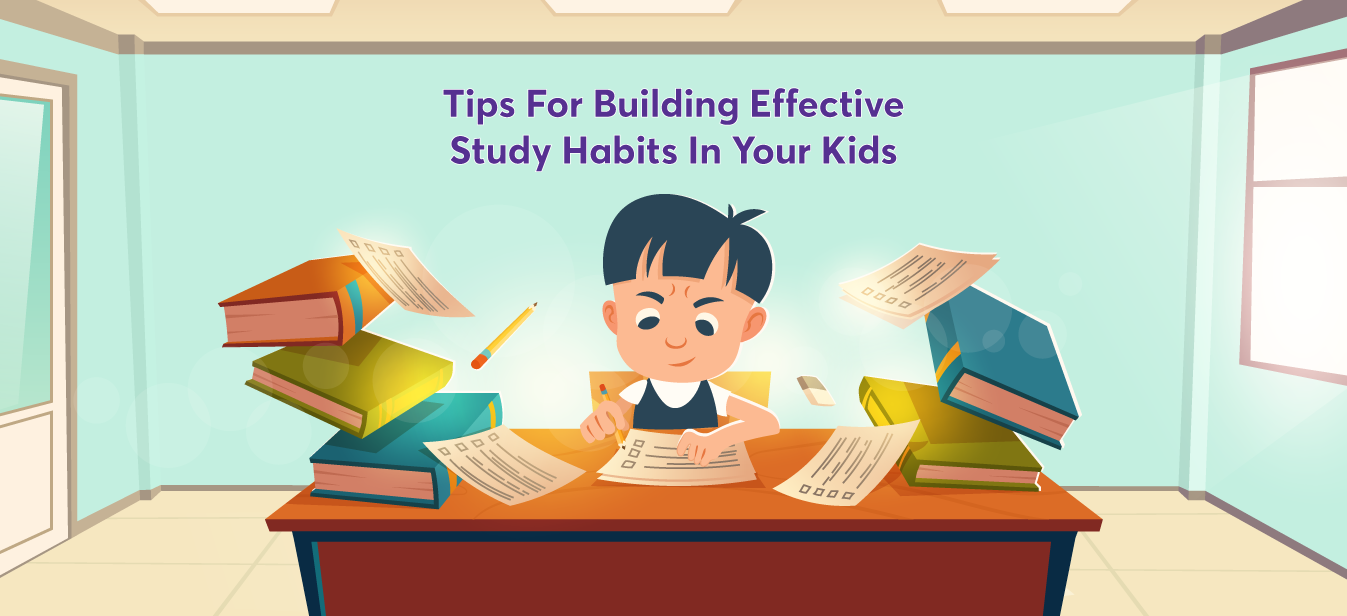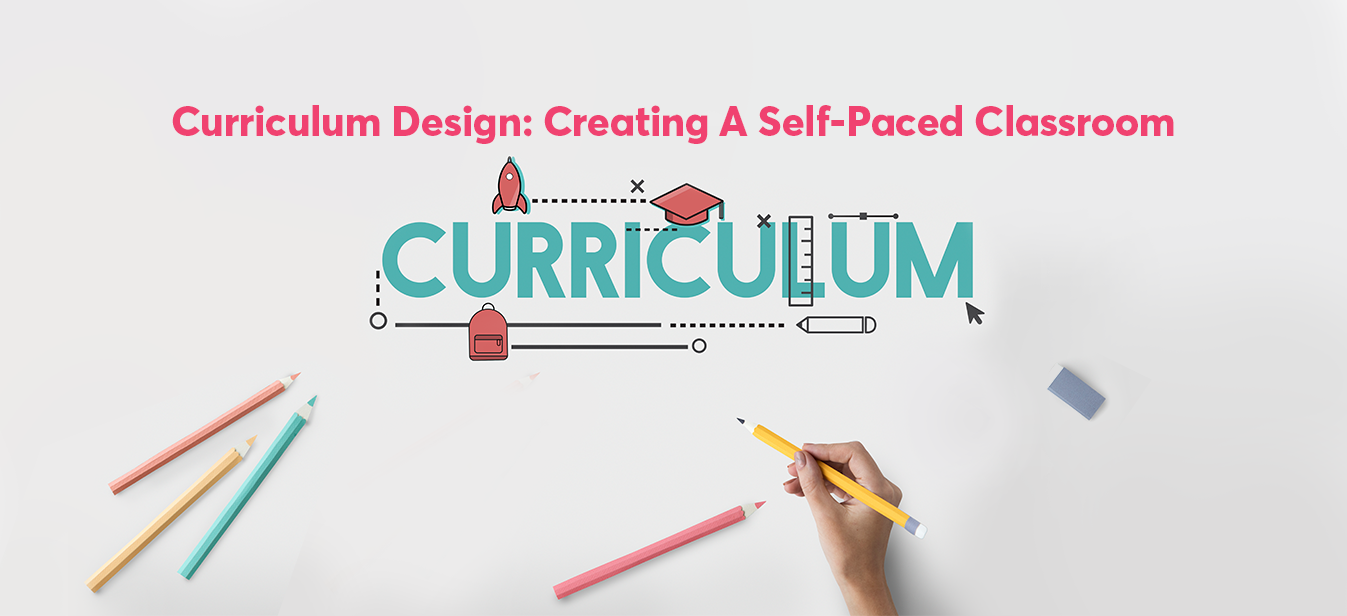
As parents, we all want high grades for our kids, and no one wants to see their child struggling in school. But sometimes, things just don’t work out that way. There are few things more frustrating than seeing our kids spending so much time with their homework and trying so hard, but not getting the grades they deserve for all that effort. Now, it might be tempting to scold them for not studying better or longer—but aren’t there enough stressors on kids already?
The first step to building an effective study routine is identifying the problem areas that most frequently sabotage your child’s ability to learn and retain information. Once you understand where your child is struggling and what techniques they need to stay focused, the process of creating a study routine can help them build skills for academics that will last and serve them well.
Here are some reasons why your child might have trouble studying effectively:
- Lack of Planning: Students who do not plan their time effectively will often have trouble with deadlines and miss opportunities to get good grades. Lack of planning leads to disorganization, making it hard to stick to a study schedule and commit enough time for a task.
- Hesitant to Clear Doubts: Students are reluctant to seek answers to their doubts, as they fumble over a lack of clarity about how such queries should be raised. They fail to clarify whether the teacher can be approached personally or during a proper time slot. While the bigger class size and more number of students can make the task of teachers really difficult, the lack of confidence in oneself and the fears that one’s query might be repeated by someone else could be other reasons why students refrain from asking questions.
- Poor Results despite Efforts: Children are typically assigned numerous tasks at school and are instructed to study specific topics. However, these instructions might not be sufficient for the students to reap the maximum benefits from their study time. Even for the really bright kids, getting good grades is a constant concern that haunts them. Therefore, it is essential for you to understand your child’s study habits and how they learn best.
Below are strategies that could be hidden in plain sight, which can help young people develop the skills they need to learn that bit better!
📍 Leverage New Technology
In the 21st century, learning is no longer confined to books and classrooms. With internet connectivity reaching almost every household, it has become possible for children to learn from the comfort of their homes through the available learning platforms. Help your child use their educational apps and study platforms with gamification at its core. Game-based learning has shown positive results, especially in areas where students find otherwise tedious subjects interesting. By choosing the right learning platform for your child, you can increase their interest in specific topics and help develop their cognitive abilities.
📍 Remove Distractions
For most students, distractions are everywhere and can interrupt the learning process when it comes to studying. The biggest distractions in a student’s environment are often their mobile phones, iPads, or television. To keep these things at bay, it’s helpful for parents to find a place for studying where there is no television or other distractions. One way to do this is by setting up your child in a designated study area to focus on their homework without the worry of being disturbed.
📍 Encourage Short Breaks
Studying for too long can cause symptoms of “brain fade”. Brain fade occurs when your child feels like they are losing concentration, or their brain just doesn’t want to focus anymore. In order to avoid brain fade, parents should encourage their children to take occasional breaks while studying. Recent studies have shown that taking a break during learning is vital for the brain to be able to absorb and retain information.
📍 Encourage Play and Sleep
The world today is a rat race for all. There is no room for error, and every kid feels pressure to be the best they can be. But as parents, we need to understand that our kids are going through a crucial stage in their lives where they need the best possible care. It’s crucial for them to have an active social life and an active lifestyle outdoors. Encourage your kid to play sports and allow them to have a good night’s sleep. When kids are outside playing and having fun, they tend to keep themselves free from worries, which keeps them relaxed. Research has proven that kids sleep better after playing, thus helping them perform better at school the next day.
📍 Appreciate Them
Positive parenting is one of the best ways to raise happy children. While it’s good to put your child in a time-out now and then, helping your child see that their behaviour leads to positive consequences will help them build effective study habits. Kids love to be praised for their efforts and achievements, regardless of whether it’s a big or small win. Celebrating even the smallest of victories can be just the encouragement they need to keep going.
Square Panda India employs a unique learning approach that makes the learning journey engaging, joyful, and often more productive than traditional studying methods. We do this by utilizing techniques like gamified learning, group work, mixed activities, and utilising a personalised adaptive learning platform to adapt content and curriculum to the unique needs of each child. Our programs help children discover and develop the best study habits. To know more, visit ecce.squarepanda.in






